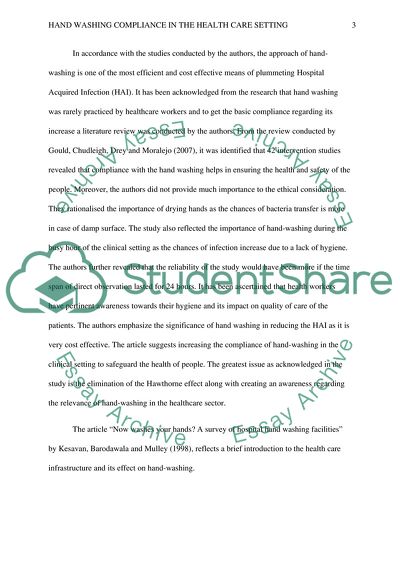Cite this document
(Handwashing compliance in the health care setting Literature review, n.d.)
Handwashing compliance in the health care setting Literature review. https://studentshare.org/medical-science/1809624-handwashing-compliance-in-the-health-care-setting
Handwashing compliance in the health care setting Literature review. https://studentshare.org/medical-science/1809624-handwashing-compliance-in-the-health-care-setting
(Handwashing Compliance in the Health Care Setting Literature Review)
Handwashing Compliance in the Health Care Setting Literature Review. https://studentshare.org/medical-science/1809624-handwashing-compliance-in-the-health-care-setting.
Handwashing Compliance in the Health Care Setting Literature Review. https://studentshare.org/medical-science/1809624-handwashing-compliance-in-the-health-care-setting.
“Handwashing Compliance in the Health Care Setting Literature Review”. https://studentshare.org/medical-science/1809624-handwashing-compliance-in-the-health-care-setting.


